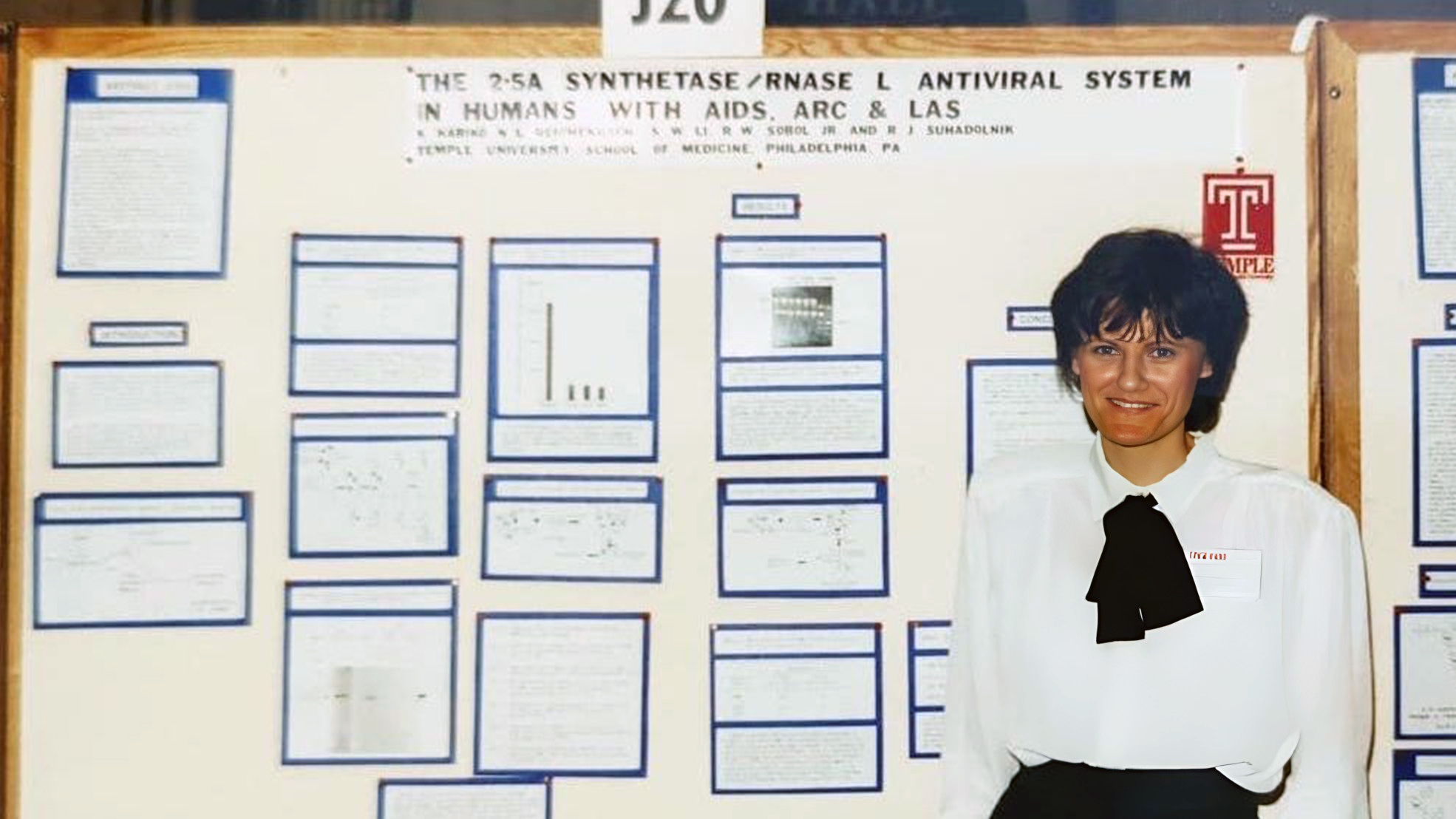Katalin Karikó: I mean, science is around us. Because I was watching how the chicken coming out from the eggs, because we had chickens around the house, and so these were all interesting. We put the seed in the soil. And as children, with my sister, we always had one part of the garden that we could put seed there and watch how they are coming out. And we had birds and animals around us. Everybody’s interested. And the stork is coming back and thinking that, how they could find, how they could come back here? And, of course, a different level as you are a child, you are wondering all of these things. And in school, we had very good teachers. So the chemistry teacher, she just finished school at that time, and she came and we did crystals. So we oversaturated solution and put a thread in it. And then we were just so happy to see a crystal.

And I remember that even I was in the United States, I was already 40, 50 years old, and when I could see a crystal it sometimes formed in the bottom of the bottle, I always stand, and then I looked at how beautiful the crystals are. So, the teachers are very critical to maintain curiosity and just have the child to think. So that in high school, also, my teacher who actually wrote the letter together to Selye, he always—When we discuss a topic it was never closed. It was like, what do you think? We talk about Lombroso, who was an Italian physician, realizing that in the prison some characteristic those inmates had, and then he was thinking that maybe they were born to, they are born like that, and that’s why they are criminals, and we just discussed this in high school. And then in 2010, the new chairman at University of Pennsylvania of criminology, we could see that he’s talking about, the lecture was about Lombroso. Oh my God, I learned about this when I was in high school. And it turned out that some damage, some kind of injury happened to the mother on a certain period of time when empathy is developing in the frontal lobe, and that’s why maybe, this is what happened. Now, there’s a better understanding of the biology. But what I am saying is that something happens. You learn something. And early on in high school, let’s say, or elementary school, and then you keep seeing things, and then you’re learning and building on that.
